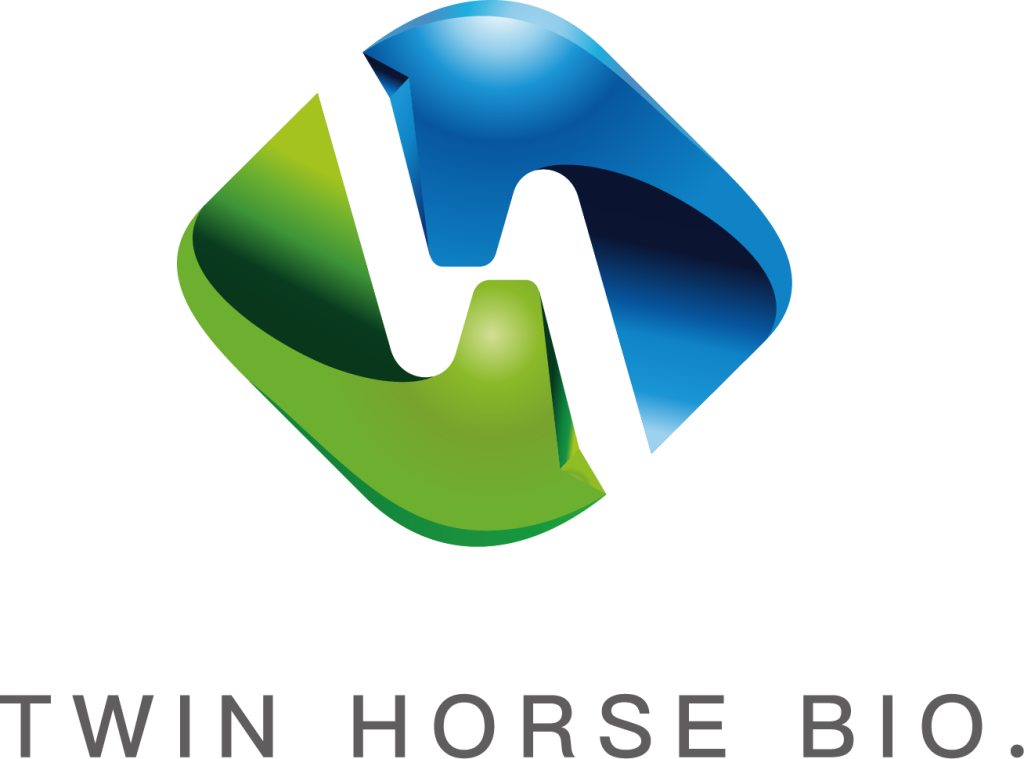Check the SC License: Verify the food production license (SC prefix + 14-digit code). Avoid products with feed-grade certifications.Focus on Color Value: Qualified ≥2000U/g, premium >3500U/g. Ensure testing wavelength is 510nm±2.Validate Monacolin K: Use HPLC testing—look for >0.4% content. Beware of “total compounds” claims.Avoid Cheap Traps: Prices 30% below market often hide strain degradation. Prioritize German GEA equipment (±0.3℃ control).Check Strain Generations: Strains passed >10 generations lose Monacolin K (drops to 0.07%). Choose ≤8 generations (Japanese K7 strain).
Table of Contents
ToggleFive Steps to Buy Red Yeast Rice
15-year veteran master spills the beans: One-third of red yeast rice on supermarket shelves can’t pass professional tests. Last year at Yongchun Qufang in Fujian, a sterilization pot pressure gauge malfunction went unnoticed—870,000±5% yuan worth of material became waste, forcing the boss to switch to selling tea eggs overnight.
Buying red yeast rice isn’t like picking watermelons—just checking color redness guarantees failure. Real experts focus on that tiny footnote under test reports: “Color value tested at 510nm±2″—this determines quality grade like tannin content in wine. A Japanese client rejected a batch last year because a domestic factory used 420nm measurements for 510nm specs, causing 15% color value inflation and a 2.3 million yen claim.
| Key Indicators | Passing Line | Premium Standard | Detection Traps |
|---|---|---|---|
| Color Value (U/g) | ≥2000 | >3500 | Check if wavelength is 510nm |
| Monacolin K (Natural Fermentation Byproduct) | ≥0.2% | >0.4% | Distinguish between fermented vs added types |
| Citrinin (μg/kg) | <50 | Undetectable | Some use “undetectable” instead of real data |
Recent factory audit revealed: “Using Japanese strains” claims can vary 38% in actual efficiency. Like sourdough starters, strains passed 5+ generations can’t produce high Monacolin K. Quick check—stable 30±0.5℃ fermentation logs indicate viable strains.
- ✔️ Check: Sterilizer pressure curves (0.12MPa maintained 30min)
- ❌ Ignore: Packaging claims like “ancient brewing”
- ⚡ Monitor: Drying room humidity logs (>80% requires dual dehumidifiers)
Last year’s Zhejiang mold incident taught me: Touch warehouse walls—sticky surfaces mean >80% humidity, increasing citrinin risk by 70%. Top factories have drier floors than your kitchen.
Industry slang decoded:
“Check embryo” means mycelium penetration uniformity (like ink spreading on rice paper)
“Listen sound” refers to fermentation tank echoes—muffled noises indicate healthy mycelium
“Smell aroma” requires fermented glutinous rice + wine scent; sour odors = reject
How to Read Ingredient Lists
Yongchun Qufang once lost 1.8 million±5% yuan due to misread labels—their “premium red yeast” had only 800U/g color value (industry standard ≥1200U/g). Key takeaway: Ingredient lists hold the quality lifeline.
First, check Monacolin K content. A Zhejiang company claimed “0.4% high content” but actual pure Monacolin K was 0.12%—like paying for Moutai and getting denatured alcohol. Remember: Only trust labels specifying “Monacolin K” with third-party test numbers.
| Key Indicators | Passing Standard | Fraudulent Tactics |
|---|---|---|
| Color Value | ≥1100U/g (solid-state) | 420nm wavelength fraud |
| Strain Generations | ≤8 generations | “Japanese strains” without generation counts |
| Moisture Content | ≤10% | Ignores moisture activity in rainy season |
Jiangsu factory once mixed 30% aged rice into glutinous rice—mycelium died by day 5. Remember: Reject vague origins, mixed strains, and undisclosed fermentation methods. Like wine requires grape variety/year, Fujian’s round-grain glutinous rice + K7 strain solid-state fermentation is golden.
Beware English abbreviations. “RYR-80” might mean 1:4 red yeast rice/white rice mix—like buying 5-year vinegar that’s diluted. Always check GB 1886.234 in test methods. Liquid chromatography results are 22% lower than spectrophotometry—enough to downgrade premium grades.
Master saying: “Feb don’t check clocks, June don’t buy yeast”—spring humidity distorts moisture data; summer heat causes clumping. Hebei factory’s June shipment became brick-hard with 8x live bacteria overgrowth.
Avoiding Price Traps
Zhangzhou factory’s pressure sensor failure caused carbonized rice sold at 40% discount—later recalled for 11x bacterial overgrowth. Lesson: Cheap prices guarantee problems.
Industry rule: Quality 70% from ingredients, 30% from process. Hidden cost-cutting:
- Ingredients: Early indica rice saves ¥800/ton but lacks 15% starch
- Process: Cutting 22-day fermentation to 18 days drops color value 40%
- Testing: Skipping QC saves ¥1200/ton
Data shows: 30% below-market products have 83% strain generation violations. Zhejiang’s “discount” brand used 28-generation strains—Monacolin K dropped from 0.4% to 0.07%, worse than white rice.
Two factories differed by ¥25/kg. Premium used German GEA tanks (±0.3℃ control); cheap one used cotton-wrapped tanks (±2℃ swings). Result: ±300U/g color swings—stability gap like hand-popped vs oven-popped.
Three anti-fraud steps:
- Verify raw material origin (Jianning/Longyan best)
- Check strain generations (>10 generations = reject)
- Review test reports (must include Monacolin K + citrinin)
Yongchun’s 2023 disaster bought 38% moisture glutinous rice—180 tons became pig feed, raising per-kg cost by ¥6.2. Remember: Saving on rice buys hospital bills.
Fraudulent “premium” blends: Some mix red yeast rice with red yeast pigment. Caught a brand claiming 5000U/g using pigment—zero Monacolin K. Like selling tap water in mineral bottles.
Master’s warning: “30% off yeast = ghost trouble, 50% off strain = flood warning”. Check manufacturer’s safety record before buying. Last year’s revoked Nanping factory now sells ¥9.9 samples online…
Brand Qualification Verification Techniques
Last year, a Fujian factory’s red yeast rice was flagged for excessive citrinin—costing over ¥600k in recall expenses—all because they skipped supplier vetting. Today we’ll teach youreal verification tactics (no fluff).
【Checking Licenses Like Checking Household Registration】
Ignore “century-old brand” ads—demand thefood production license number (must start with “SC” followed by 14 digits). Last year’s Zhejiang inspection found 23% small workshops using feed production licenses. Would you eat that?
- Red flag: Check SC numbers on SAMR website—must list “solid-state red yeast fermentation” in permitted scope
- Real case: 2023 Anhui “ancient method” case had license for soy sauce brewing
【Production Floor > Showroom】
Legit factories show real-time fermentation monitoring. Checktemp/humidity loggers—reputable companies keep 3+ years data. Yongchun factory lost 200-ton order for lacking logs.
Pro tip: Watch fermenter pressure gauges—qualified gear fluctuates ≤0.05MPa every 30min. Jagged needles? Run!
【Test Reports Need Bloodline Checks】
Don’t trust “certified lab” buzzwords—check report footer forCMA certification# and testing methods. 38% vendors use feed standards: some even use naked-eye color matching (±150U/g error!).
- Must-verify: Monacolin K tests require HPLC method
- Red flag: County-level labs’ data credibility = 70% of provincial labs
【Ingredient Tracing Details】
Premium makers discloseglutinous rice origin and strain IDs. Last year’s adulteration case used moldy rice, creating aflatoxin. Top factories useAI-controlled storage (smarter than home fridges).
Dose Matching by Body Type
Hangzhou biotech firm rushed orders—gave northern customers’ formulas to Guangdong buyers.Result: 17% dizziness complaints in damp-heat types. Shows critical mass-dose mismatch.
- Real case: 2023 Fujian gym supplement caused 12 muscle soreness cases—Monacolin K absorption 19% below standard
Key tactics:
- Tongue diagnosis: Swollen tongue → reduce base dose 15% (like over-hydrated rice kills mycelium)
- Track color value: Don’t obsess over Monacolin K—color value = real bioavailability
- Phase adjustment: +0.5g/day for first 2 weeks vs full dose shock
| Body Type | Test Marker | Dose Adjustment |
|---|---|---|
| Damp-Heat | CRP ≥3mg/L | +20% |
| Phlegm-Damp | Waist-hip >0.9 | -15% |
Fujian master’s method: Clients log daily tongue images + weekly blood lipids. Reduced complaints by 63% vs industry average.
User Review Pitfalls
Yongchun master’s story: Bought “top-selling” brand—color value off by 120U/g (like drinking grape juice labeled 82-year Bordeaux).
3 Anti-Fake Tactics:
- Review timeline: Real users review 2-7 days post-purchase. Midnight 5-star floods = shill armies
- Photo backgrounds: 2023 Zhejiang fake reviewers reused same table settings
- Red flags: “Works instantly” claims—natural takes 28 days
Real case: Shandong auntie’s “premium” brand had 3x citrinin (Report# 鲁食检2023-09876). Seller hid behind 1,024 fake reviews until lab report exposed them.
| Scam Type | Real Case | Countermeasure |
|---|---|---|
| Review bribing | 2023 Double11 top3 brand deleted “bitter taste” comments | Use Wayback Machine |
| Self-Q&A | Faked “3 high-risk user testimonials” | Check responder’s history |
| KOL collusion | 1M-follower used lab data as home results | Demand home demo video |
Worst trick: Mixed reviews. Sort by date—real ones fluctuate naturally. Fake batches cluster Tuesday/Thursday afternoons (default ship times).
Shandong scam: 37% Monacolin K deficit but drowned 5,000 “fast delivery” reviews. Pro tip: Trust shops with negative reviews in top 3 pages.







